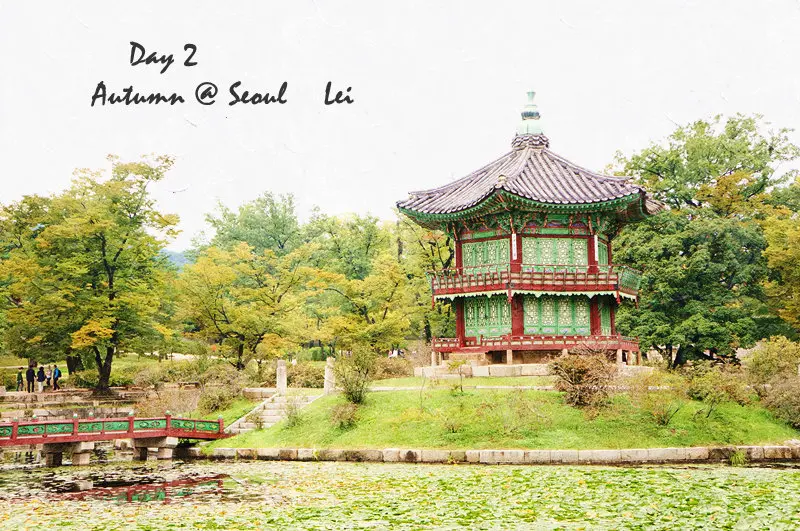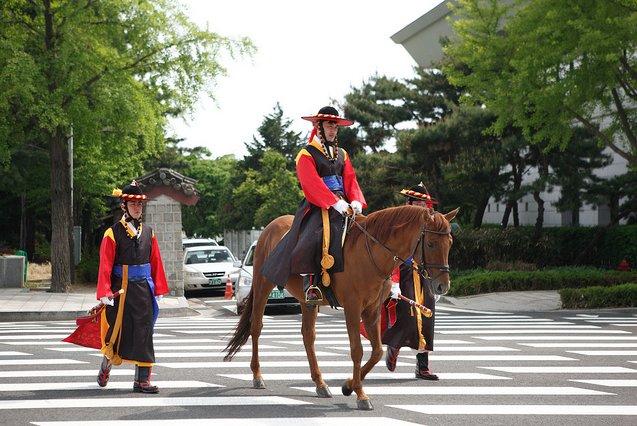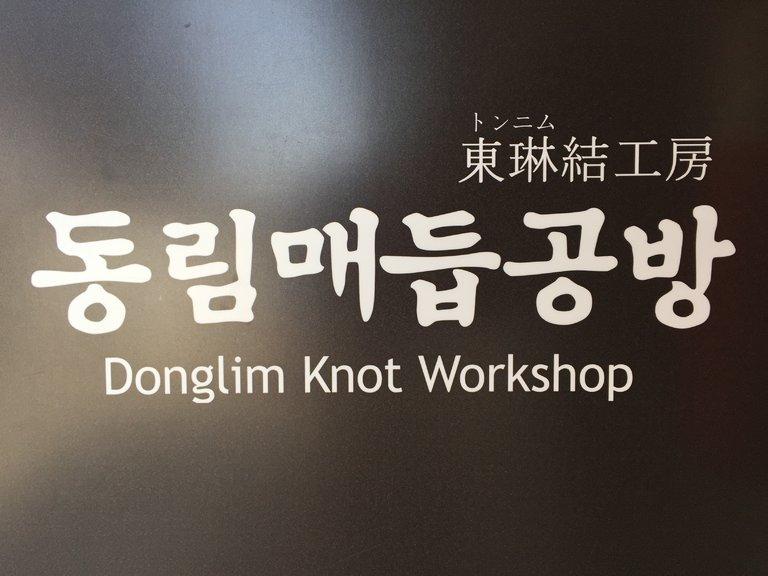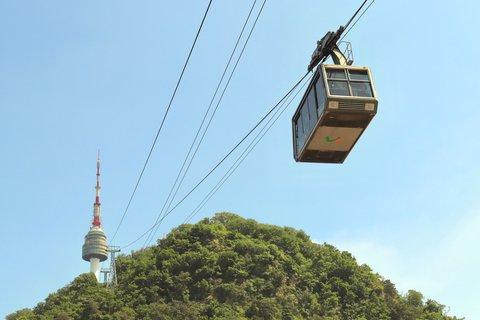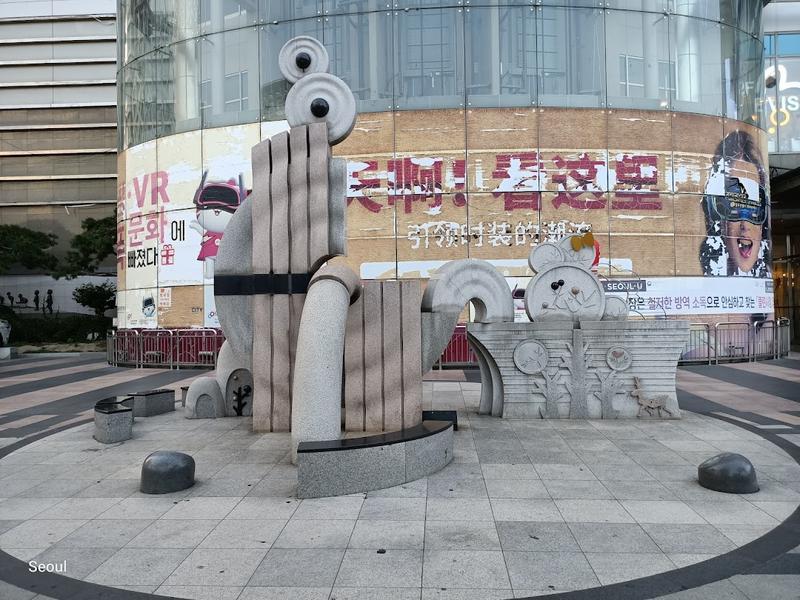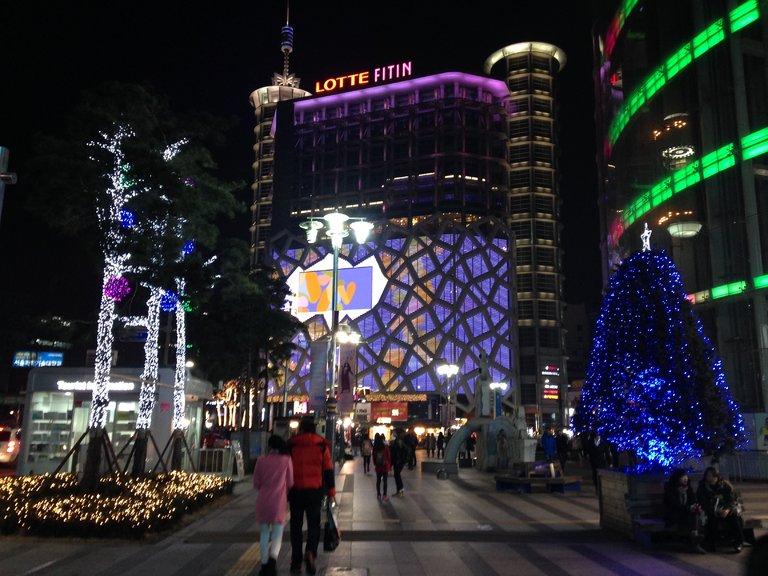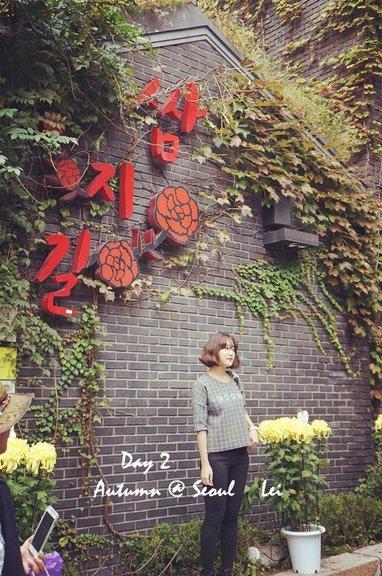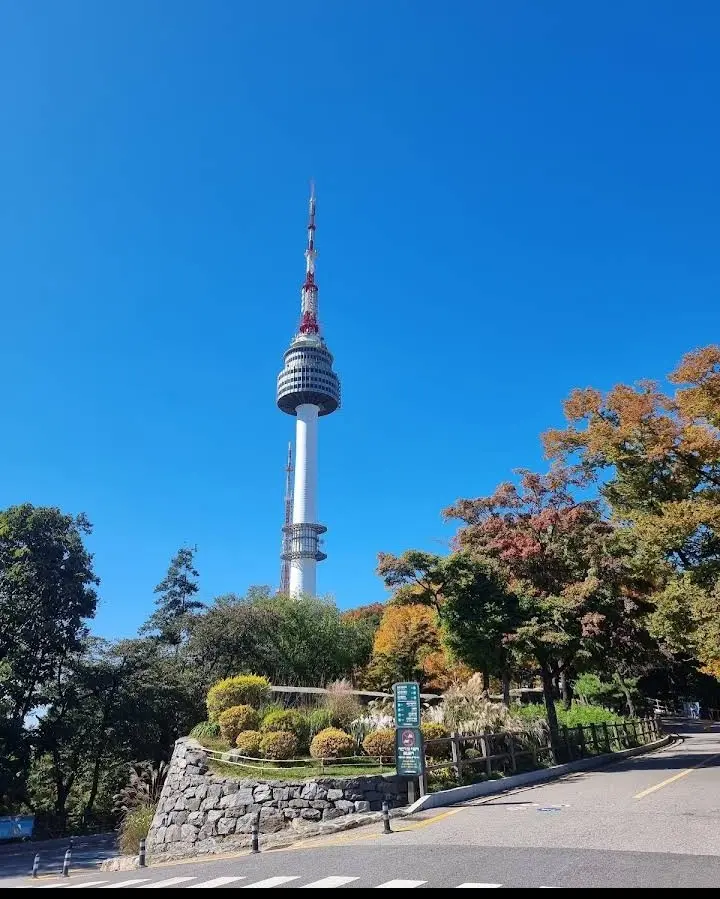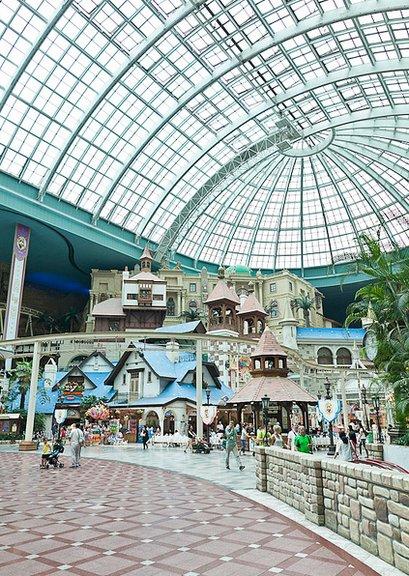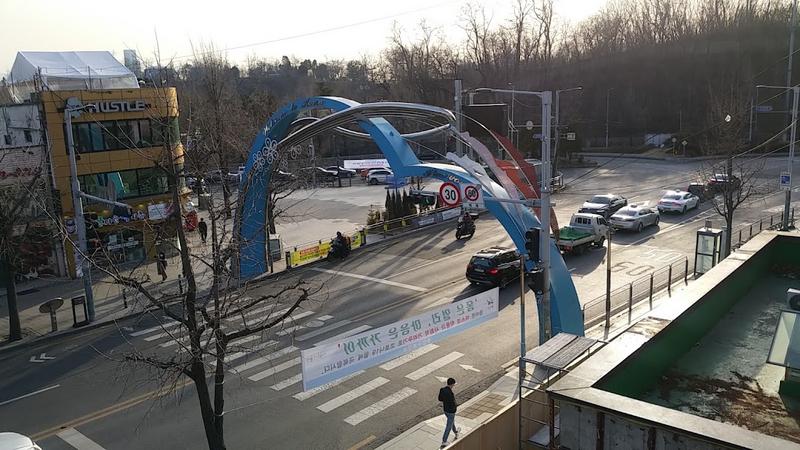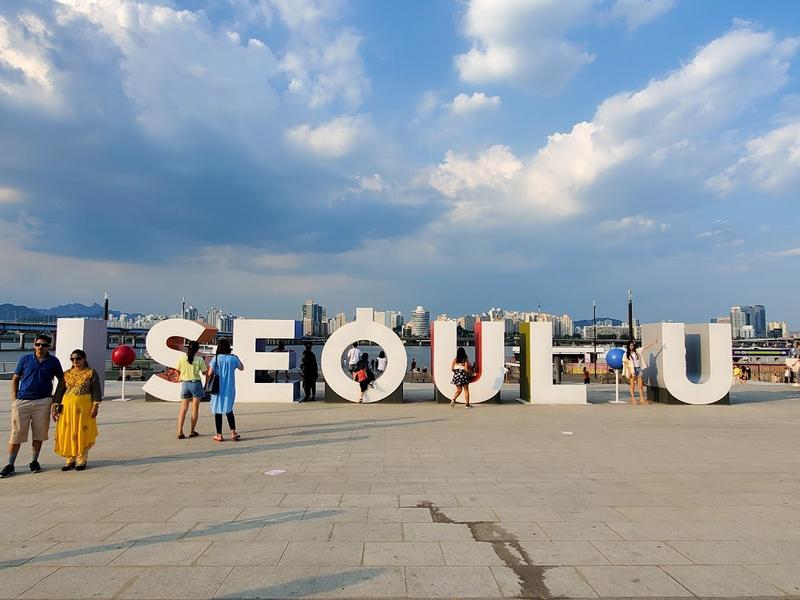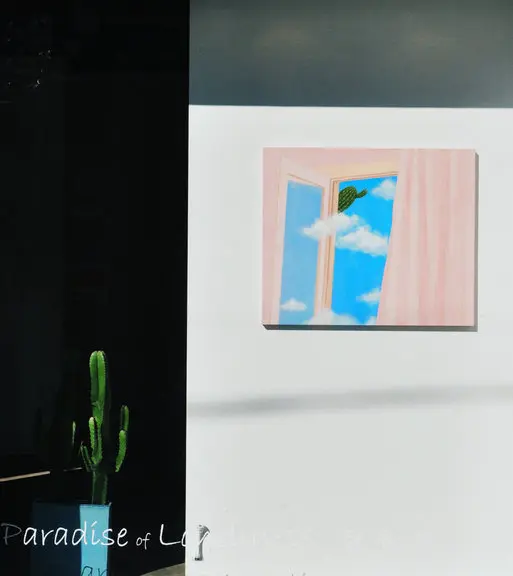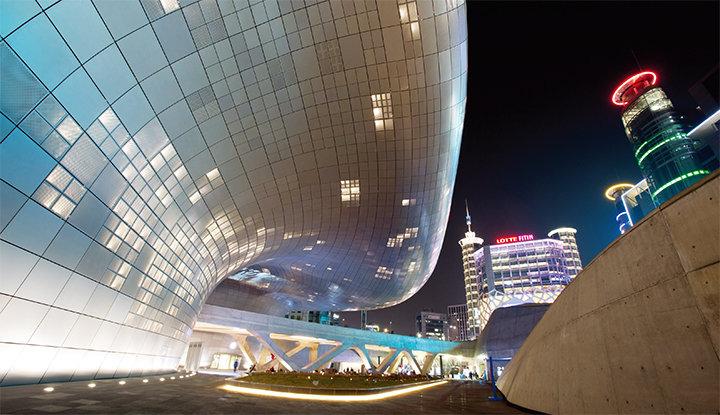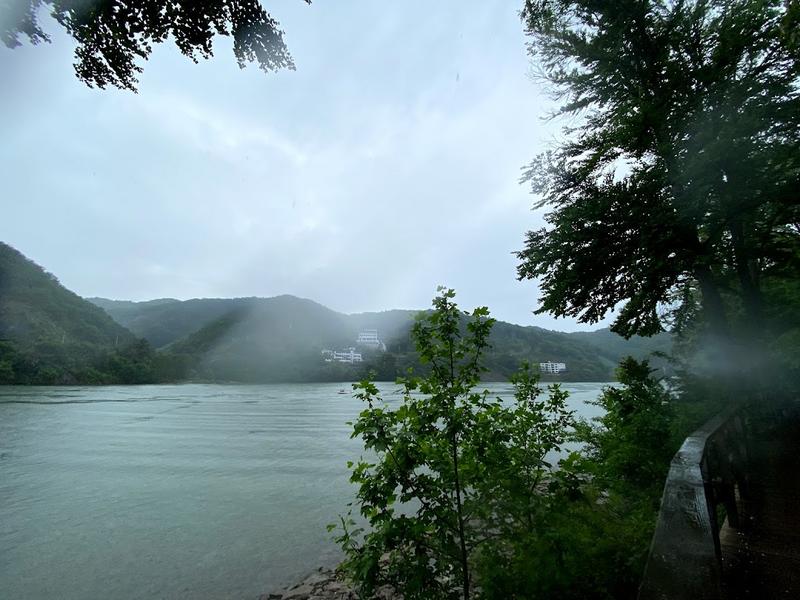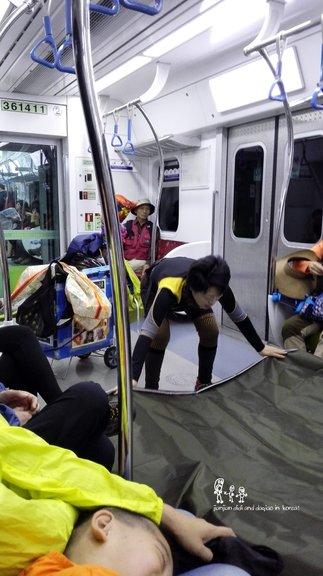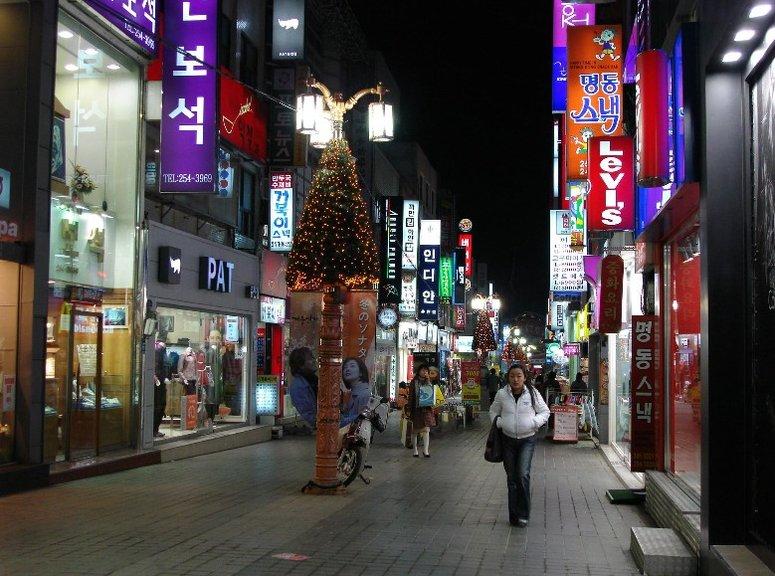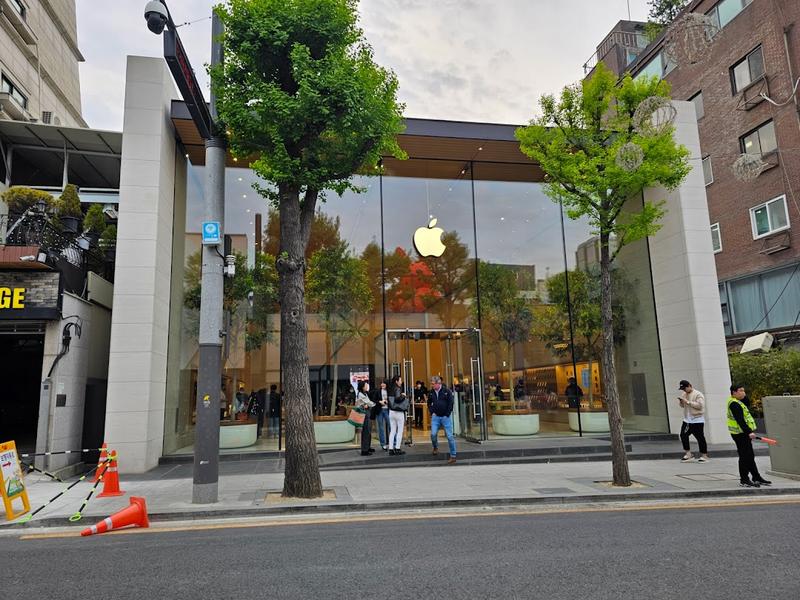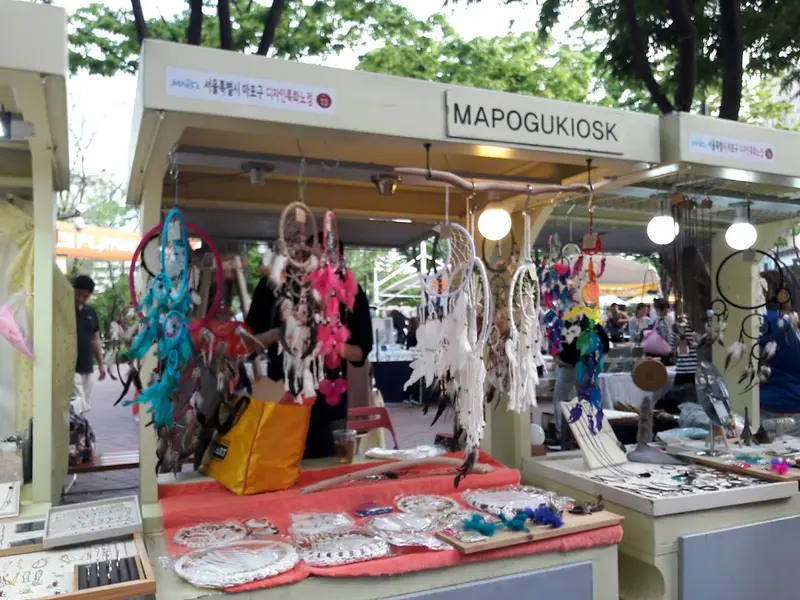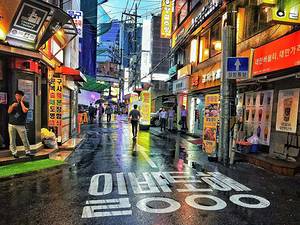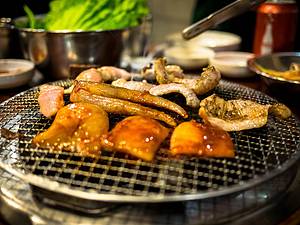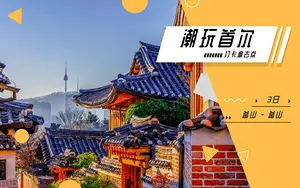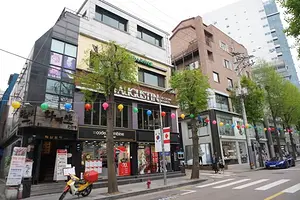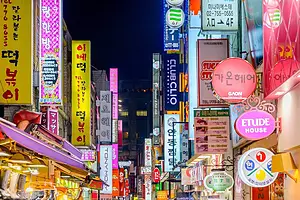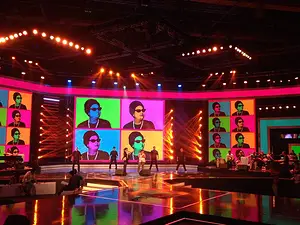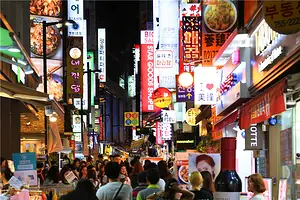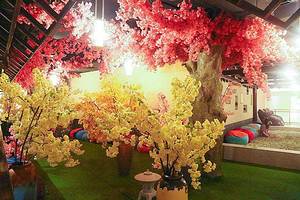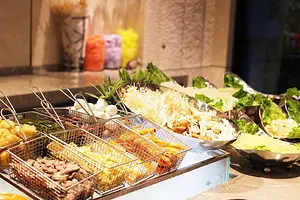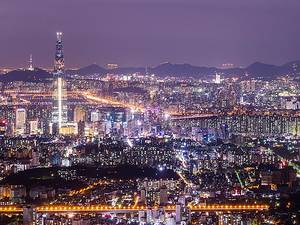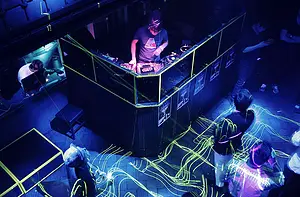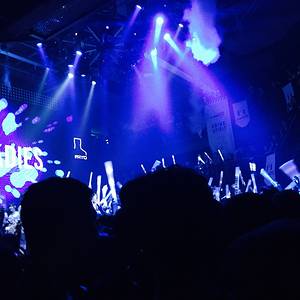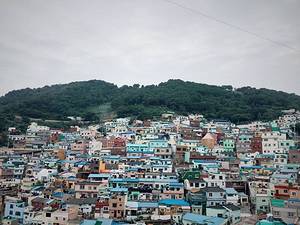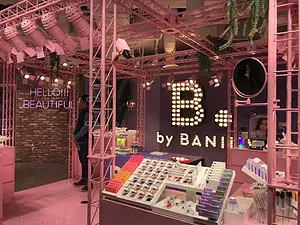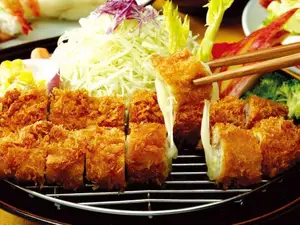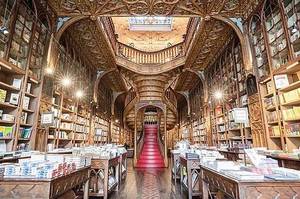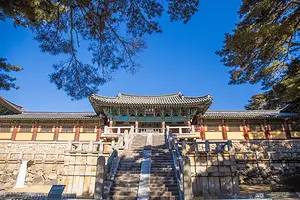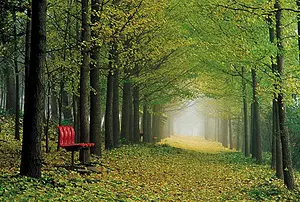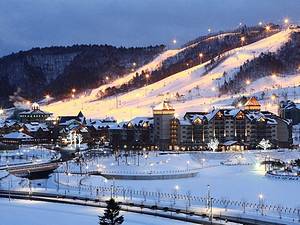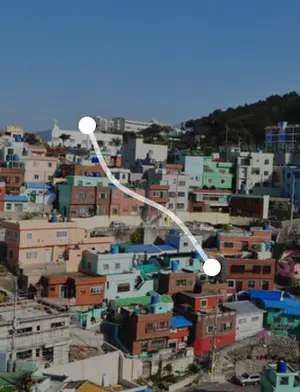[Simple Itinerary] Six Days Tour in Seoul
2 cities |
21 attraction(s) |
total distance 214
km
 TIPS
TIPS
Day1
Day2
Day3
Day4
Day5
Day6
Day1: Seoul
4 attraction(s) ·
4 km
1
Gyeongbokgung Palace is the first palace built in the early days of the Joseon Dynasty, with a history of 600 years. It was once a grand palace and now showcases delicate beauty. Gyeongbokgung Palace is the largest of the Five Grand Palaces and features unique architecture such as Geunjeongjeon Hall and Gyeonghoeru Pavilion. In addition, there are the National Palace Museum and the National Folk Museum where visitors can explore and experience. Gyeongbokgung Palace is open to the public and there is a ticket office at the entrance of Gwanghwamun. Visitors can also watch the Changing of the Guard ceremony and take photos with the guards, immersing themselves in Korean classical culture.
The name Gyeongbokgung means "great blessings and prospering the nation," reflecting the early aspirations of the Joseon Dynasty. It was completed in 1395 and at its peak had over 390 buildings. During the Japanese invasion in the late 16th century, Gyeongbokgung Palace was burned down and remained abandoned for 273 years. It was restored during the reign of King Gojong but suffered significant damage during the Japanese colonial period, with some buildings demolished and replaced by the Government-General Building. After Korea's independence, Gyeongbokgung Palace gradually underwent restoration, with the completion of the restoration project of Gwanghwamun Gate in 2010. There are also guided tours available in Chinese, departing from the inside of the Geunjeongmun Gate at four designated times.
1
km
2
Blue House, the presidential office and political center of South Korea, gets its name from its unique blue tiled roof. Located in a beautiful area, Blue House is highly regarded among foreign tourists. To visit Blue House, one must apply in advance on the website and once approved, visitors must follow the staff's instructions. Photography is only allowed in designated areas and visitors are not allowed to bring food or record videos. Additionally, foreign tourists must carry their passports when visiting Blue House.
2
km
3
Bukchon Hanok Village is one of the most representative places to experience traditional Korean residential culture. Here, you can feel the authentic living atmosphere as it is a residential area. Therefore, when you visit here as a tourist, please keep quiet so as not to disturb their daily lives. Of course, taking photos here is also an excellent choice. If you want to find the eight major attractions of Bukchon and take beautiful pictures, don't worry about getting lost because there are ground signs to guide you to the best shooting spots. The services here are very thoughtful and convenient for tourists.
2
km
4
Polished high-rise lodging offering a 24/7 pantry, a bar & a garden terrace, plus a fitness room.
Day2: Seoul
4 attraction(s) ·
5 km
2
Built in 1396, Sungnyemun is a gate constructed by King Taejo of Joseon to protect the capital. Despite multiple rebuilds, its original form has been preserved and designated as National Treasure No. 1. Sungnyemun is located in the eastern part of Seoul and was originally called Sungnyemun Gate, but was later renamed Dongdaemun Gate during the Japanese occupation. Hongnimun is an important part of the gate, with a two-story gatehouse, 5 rooms on the front and 2 rooms on the sides. It is the only one among the eight gates of Seoul that has defensive walls outside the gate. The surrounding walls have been demolished, leaving only the gate and protective walls, and a photo area has been set up in the front plaza for visitors. Dongdaemun Fashion Town is located nearby, attracting many tourists. Especially when contrasted with the magnificent lighting of Fashion Town and other areas, Sungnyemun Gate showcases a unique beauty and has become a popular spot for nighttime photography.
3
km
3
Insa-dong, like Shanghai's Tianzifang, is just a step away from Gyeongbokgung Palace. Although its area is not large, with only one main street and a few perpendicular alleys, it was once the residential area of the Joseon Dynasty's noble class. Today, Insa-dong is home to numerous art galleries, museums, and specialty shops. Walking on the stone-paved Insa-dong Street, history is solidified with every brick and tile underfoot, and you can experience the coexistence of classical and avant-garde Korean culture. Here, you can find a Starbucks with a Korean signboard, the most distinctive Korean souvenir store in Seoul, and traditional Korean tea shops, which are treasures of this place. It is definitely an unforgettable experience to have a cup of traditional Korean tea, taste various traditional snacks, and sit in a traditional tea house to feel the lovely atmosphere here. Moreover, you can find some Korean souvenirs that are not available elsewhere! Even locals may not be familiar with the objects in Insa-dong, but the movie "The Scandalous Lady W" by Jang Lee-yeong has added a touch of mystery and interest to this place, which is definitely worth a visit.
3
km
4
Opened in 1980, this iconic tower offers panoramic views of the city & a revolving restaurant.
Day3: Seoul
4 attraction(s) ·
18 km
1
Lotte Group built "Lotte World" complex next to the Jamsil Sports Complex to accommodate the 1988 Seoul Olympics. It includes a theme park, cultural museum, department stores, duty-free shops, a five-star hotel, a supermarket, and a Hallyu (Korean Wave) destination. Visitors can find products from all Lotte department stores and duty-free shops here. Lotte World has indoor and outdoor theme parks with a mysterious theme similar to Disneyland. There are daily parade performances that are popular among foreign tourists. Visitors need to adjust their schedule as there are often long queues at the amusement park. It is more suitable to visit on weekdays when it is less crowded. Additionally, Lotte Mart is a large supermarket worth visiting, with a wide range of products and affordable prices. Snacks and Korean cuisine ingredients are great gifts and purchases. Lotte World Starlight Avenue is a must-visit spot for Hallyu fans, with many giant lightboxes and limited edition merchandise of celebrities on display. Admission is free with a Lotte World ticket and a receipt from the Lotte duty-free shop. It is recommended to visit this attraction last when visiting Lotte World.
11
km
2
Opened in 1980, this iconic tower offers panoramic views of the city & a revolving restaurant.
2
km
4
Large, popular park on the river featuring scenic views, plus running paths & a swimming pool.
Day4: Seoul
4 attraction(s) ·
7 km
1
Seoul Museum of History is a city history museum that closely follows the development of Seoul's history and culture, aiming to showcase the city's development process and cultural value through diverse exhibitions. The museum houses a rich collection of materials from prehistoric times to the present, with a significant portion being donated by citizens during the Joseon Dynasty. The museum opened in May 2002 and is equipped with advanced facilities. The 3rd floor is home to multiple galleries that showcase various aspects of life in Joseon-era Seoul and modern Seoul, including food, housing, and lifestyle. Additionally, the museum regularly holds art and cultural exhibitions to provide people with opportunities to appreciate and cultivate their artistic and cultural sensibilities.
2
km
2
2
km
3
삼청동
Samcheong-dong is located on the east side of Gyeongbokgung Palace in Seoul. It is a neighborhood filled with traditional Korean houses and modern cultural vibes. During the Joseon Dynasty, it was a residential area for high-ranking officials, leaving behind many traditional Korean houses. In the 20th century, the Korean government implemented regulations to prohibit the demolition of these houses, leading to strengthened maintenance and preservation efforts, as well as the ban on constructing high-rise buildings. This has made Samcheong-dong the area that best represents traditional Korean architecture, living environment, and traditional village scenery.
Since the 21st century, many businesses such as cafes, traditional tea houses, art galleries, museums, traditional restaurants, international dining establishments, clothing stores, jewelry shops, and leather goods stores have settled in the vicinity of Samcheong-dong, attracting a growing number of visitors. Together with nearby Gahoe-dong, Samcheong-dong boasts a total of 342 art galleries, 669 art galleries, 226 hotels, 3,157 jewelry stores, 54 traditional tea houses, and countless food shops. Therefore, when you step into this area for the first time, the astonishing unique scenery will pique your great interest, and it is impossible to visit all the attractions in just 3-4 hours.
4
km
4
DDP is a design plaza that combines traditional historical architecture with cutting-edge modern technology. It covers an area of 62,692 square meters, with a building area of 25,104 square meters and a total area of 86,574 square meters, consisting of 3 underground floors and 4 above-ground floors. In addition to Seoul City Wall and Two-Block Gate (265m² 8,030 square meters), the park also includes buildings such as Dongdaemun History Museum, Dongdaemun Relics Exhibition Ground, Dongdaemun Sports Memorial Hall, event halls, and design galleries. DDP offers various exhibitions and activities such as Seoul Architecture Culture Festival, BANWOOJUNG Show, Hera Seoul Fashion Week, Farmers' Market, etc. Visitors can participate in on-site or group tours, or freely explore using the free audio guide, or participate in children's programs such as design playground and regular workshops. The main facilities of DDP include Art Center, Cultural Center, Design Center, Dongdaemun History Culture Park, and Harmony Square. The Design Market is a multi-purpose market that offers cultural products, experiential activities, and shop-in-shop services, aiming to enhance the vitality of the surrounding commercial area.
Day5: Seoul > Chuncheon
3 attraction(s) ·
76 km
3
Located in Chuncheon city, the Chaoyangdong district is known as "Myeongdong". It is home to various shops selling clothing, luggage, shoes, jewelry, and more. There are also entertainment venues such as fast food restaurants, theaters, and nightclubs.
Day6: Seoul
3 attraction(s) ·
11 km
